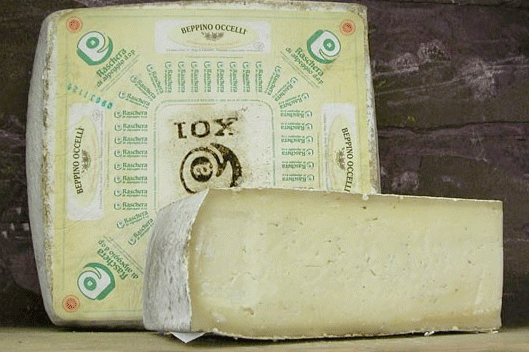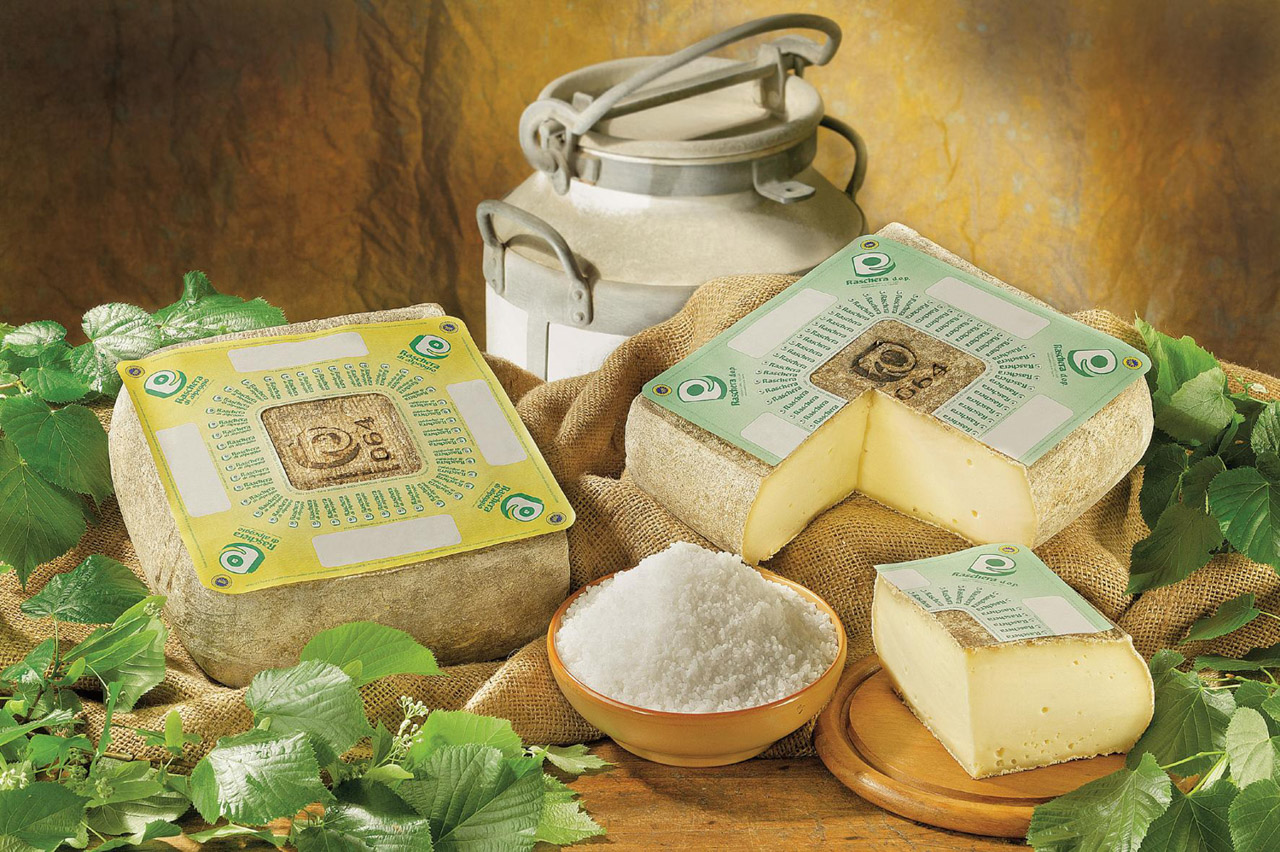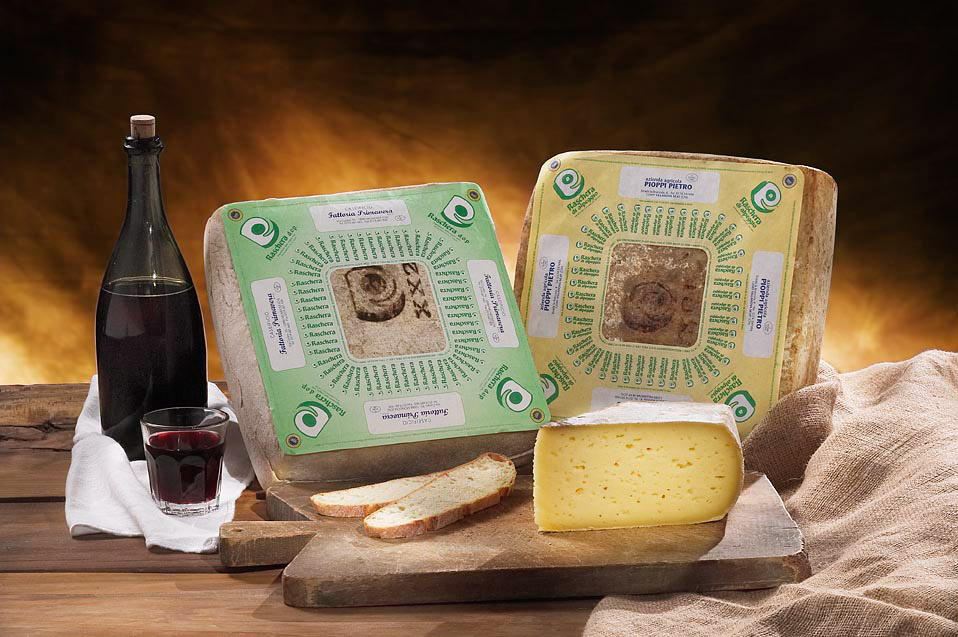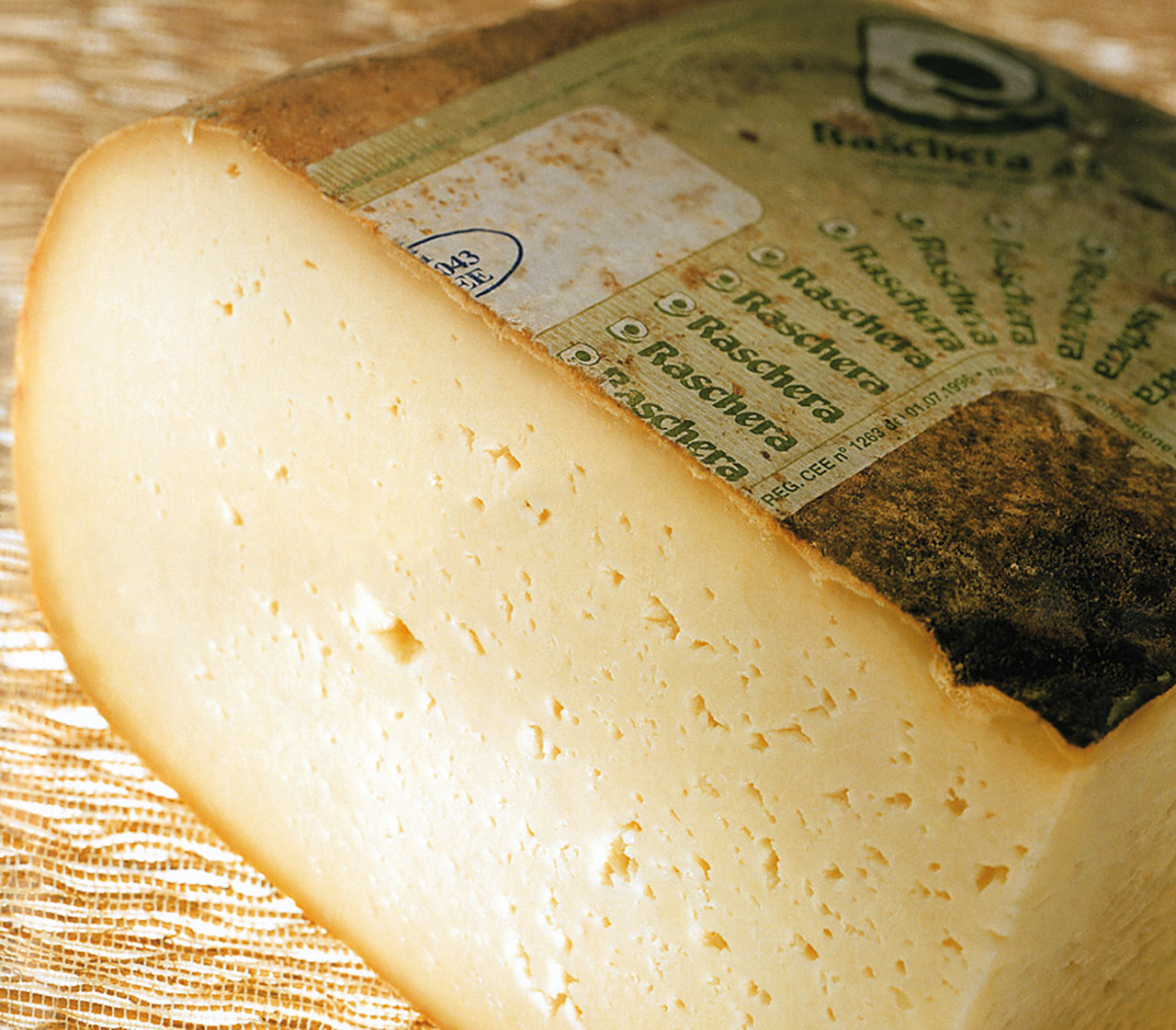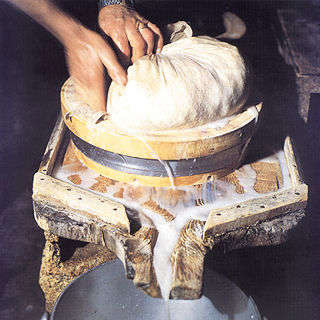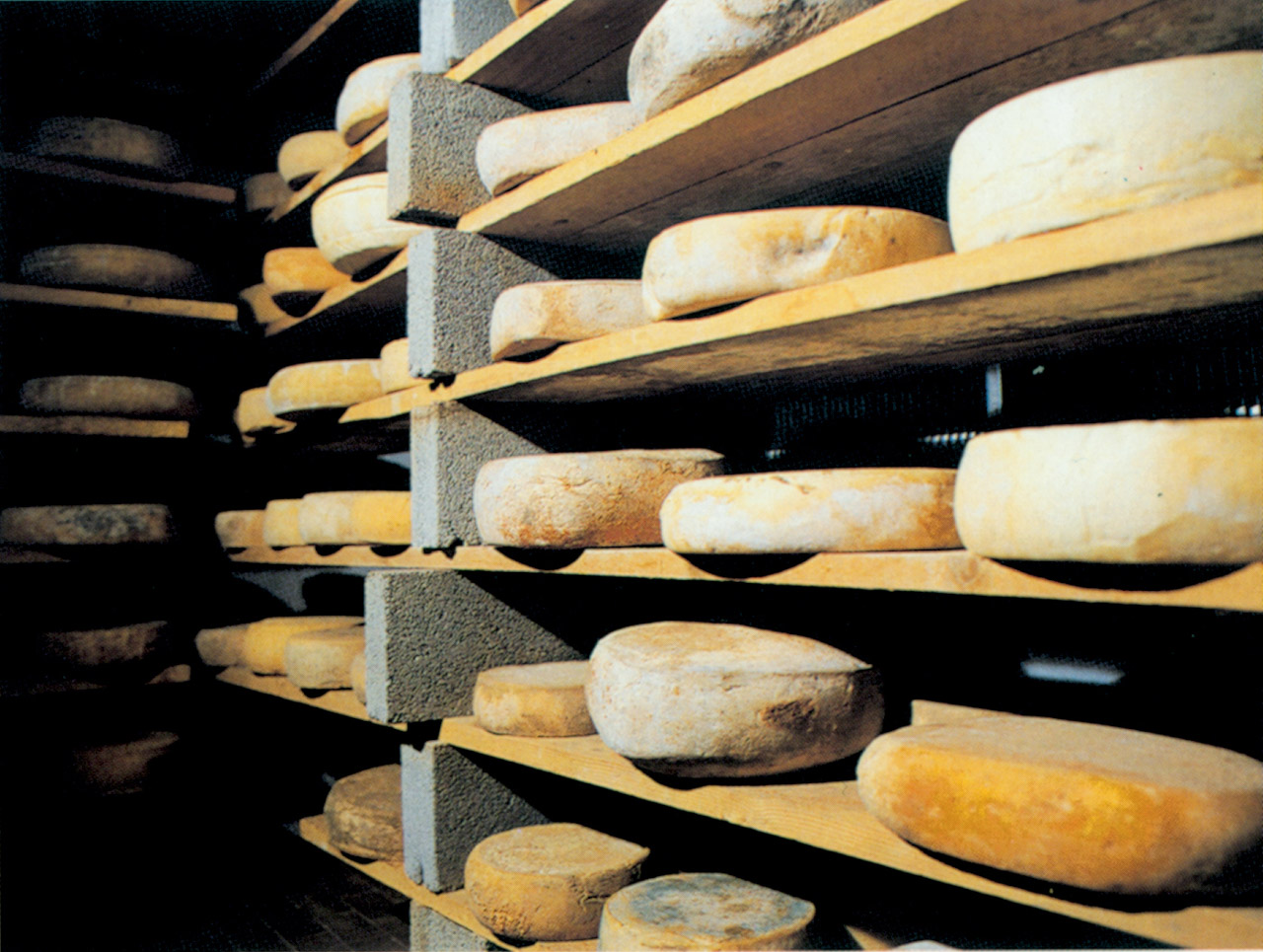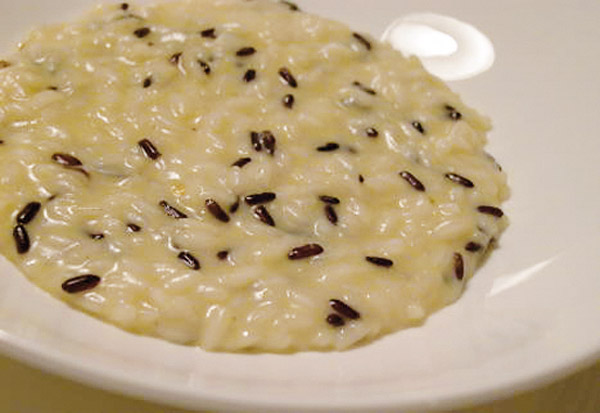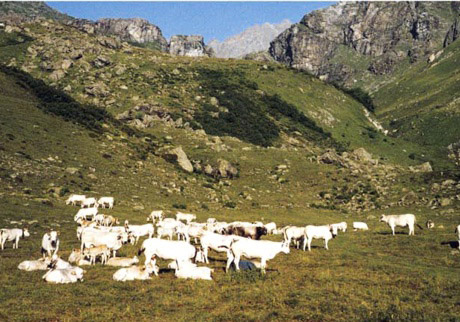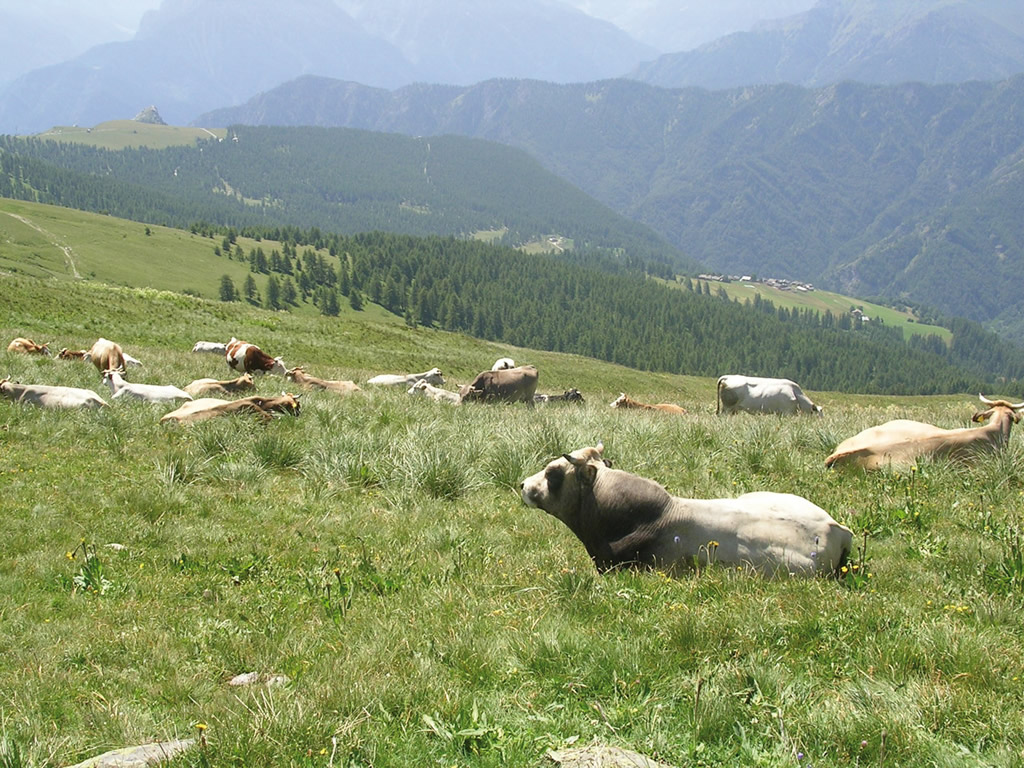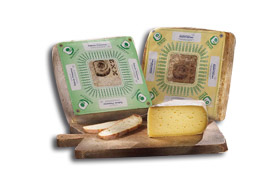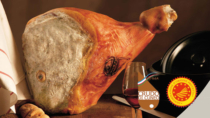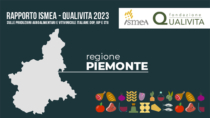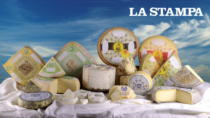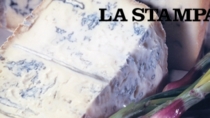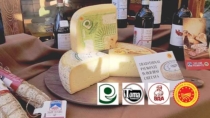Description
Raschera PDO is a pressed, firm medium-fat cheese produced with cows’ milk, with the possible addition of small amounts of sheep and/or goat’s milk, sometimes partially decreamed also due to the cream rising to the surface, and possibly inoculated with probiotics and/or natural starter cultures. If produced and ripened at an altitude of over 900 metres a.s.l., there is the additional specification "d’Alpeggio".
Production Area
The production area of Raschera PDO is within the territory of the Province of Cuneo, in the Piedmont region.
Production Method
The milk must be taken from two consecutive milkings and is used raw or is sterilised. Curdling occurs at a temperature of 30-37°C, with the addition of animal and vegetarian rennet. The curd is broken until the size of the grains is between that of a corn kernel and a hazelnut. It is then extracted, drained of the whey and shaped. The cheeses are then dry salted or salted in brine. The minimum ripening period is 30 days, while those ripened for at least 120 days can display the wording “Oltre quattro mesi” (over four months) on the label. In the mountains, the cheeses are shaped with a cloth: the cloth is first used to extract the curd and then for the first manual pressing of the cheese; the cloth is opened after a few minutes and the curd is kneaded again, after which the cloth is closed again and the cheeses are put into moulds called “fascere”. The moulds are covered with wooden planks and rocks are put on top of them and left for at least five hours, after wich the cheeses are removed from the moulds and the cloth; they are then put bnack in the moulds and left for another five hours.
Appearance and Flavour
Raschera PDO is produced in two shapes: round with flat surfaces, a diameter of 30-40 cm and a weight of between 5 and 9 kg; quadrangulat with flat surfaces, a side lenght of 28 to 40 cm and a weight of between 6 and 10 kg. The rind is thin, springly, smooth and even, with a pinkish-gret colour, at time with yellowish hues. The cheese is white or ivory in colour, firm, springly and with a few tiny eyes spread unevenly throught. It has a delicate, aromatic and moderately piquant flavour; sapid if mature. Raschera PDO d'Alpeggio, produced with milk obtained from animals grazed on mountain pastures, has an intense yellow colour anda an aroma of aromatic herbs and summer flowers due to the fresh forage. The flavour is full, complex and persistent.
History
The origins of Raschera PDO date back to the end of the 14th century, as evidenced by a rental contract that was discovered in the Pamparato town hall archives, in which the local squire expected the shepherds who “graze their cows on the Raschera field”, to pay rent with several wheels of “that good cheese they make up there”. Following a crisis in around the 1970s, the risk of the artisanal production of this cheese being lost forever, led a group of enthusiasts to establish the Confraternita della Raschera e del Bruss to promote and support its production.
Gastronomy
Raschera PDO should be kept in a cool place or in the least cold compartment of the refrigerator, wrapped in its original packaging or in aluminium foil and inside a glass or plastic container. It is excellent on its own and can also be melted in risottos and fillings, or added to mixed salads
Marketing
The product is marketed as Raschera PDO (green label), with the possible additional specification “d’Alpeggio” (yellow label) if produced and ripened at an altitude of over 900 metres a.s.l. in one of the nine specified municipalities. It is sold year-round, whole, in pieces, and in pre-packed slices.
Distinctive Features
At the termination of the salting process, Raschera PDO cheeses are cleansed of any excess salt and left to ripen in special rooms or characteristic natural “depressions”; in mountain areas they are placed on wooden planks.






